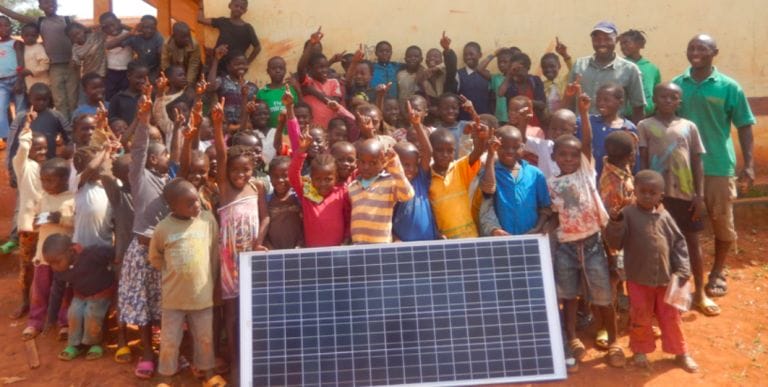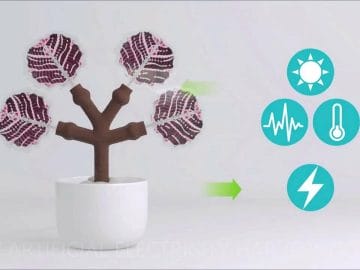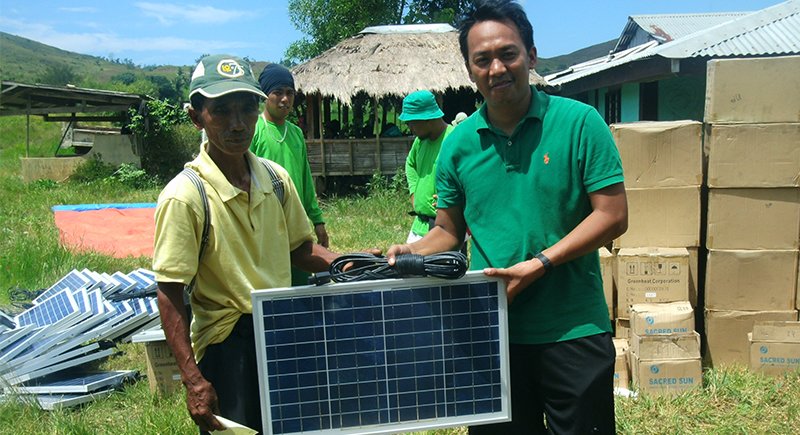Steven Vanholme has been working as a renewable energy campaigner for the last 15 years. First as a climate and energy expert at Natuurpunt, the leading Belgian Nature Conservation organization, later at the Finnish Association for Nature Conservation and since 2013 as the co-founder and program manager of EKOenergy, the only international ecolabel for renewable energy.
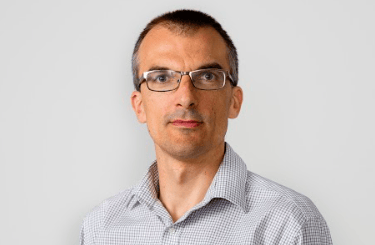
Changing reality
The energy sector is going through a fast transition. The amazing development of renewable energy is putting old models under pressure. Centralized and monopolized energy systems are making place for decentralized systems with thousands, no millions, of producers. Variable energy sources such as wind and solar are taking a fast growing share in the worlds energy production, at the expense of production units with a stable baseload. Old technologies that needed a lot of raw materials (coal, gas, radium,…) are being replaced by technologies that are getting cheaper all the time and, moreover, produce energy at zero marginal costs.
Some are fighting the windmills…
This creates confusion and conservative reactions. Many traditional, monopolistic energy companies do whatever they can to slow down the trend. And all too often, politicians seem to opt for old paradigms too. Just think of the way both the Russian and the US presidents are defending coal jobs despite all evidence that the fight is lost. US wind-farm developers and suppliers had more than 100,000 workers in comparison to around 66.000 jobs in the coal industry. The US solar power sector employs more people than oil, coal and gas combined.
… but consumers’ choice is clear
While some desperately try to stick to old truths, consumers are clearly choosing side. Many years ago the industry frontrunners such as Google and Ikea chose to go 100% renewable and many others are following. The RE100 network unites over 80 world-renowned brands committed to 100% renewable electricity. The Renewable Energy Buyers Alliance is helping to grow corporate demand for renewable power and helping utilities and others to meet it.
In countries with dynamic electricity markets, millions of household consumers are actively choosing renewable energy too.
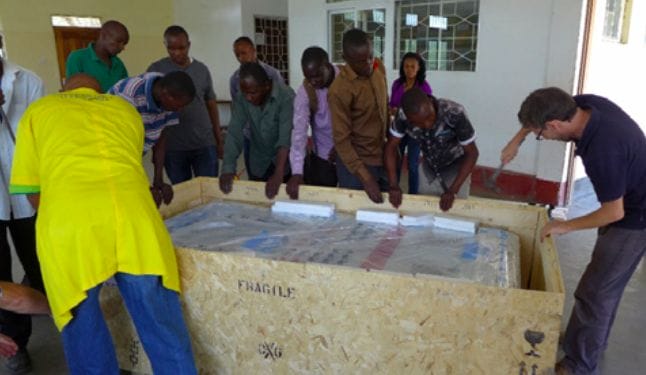
Own installations and tracked electricity
There are two main ways for households and companies to go renewable. They can invest in their own renewable energy installations, such as solar panels. They can also buy renewable energy on the market. Or they can combine both, as a growing number are doing.
The purchase of green energy is only possible on markets where energy can be reliably tracked. This tracking works via book-and-claim systems which fulfil the minimum criteria of the Greenhouse Gas Protocol Scope 2 Guidance, i.e. the most used standard for carbon accounting for purchased electricity and heat.
Examples of such systems are the Guarantee of Origin (GO) system on the European electricity market and the US Renewable Energy Certificate (REC) system. A growing number of countries are introducing their own systems too. All these guarantee that each unit of green energy is sold only once and not double counted.
From electricity to gas and heat
Currently many of the discussions and actions are about electricity. But other sectors are also moving. Biogas is increasingly popular and many are preparing for growing volumes of renewable “power to gas”. Consumers getting their heat via district heatings systems are increasingly interested in making sure that ‘their heat’ has been produced from renewable sources.

EKOenergy-label as a helpful tool
In 2013, a group of environmental organizations created the international, not-for profit EKOenergy label, to help consumers switch to renewable energy. The function of the label is threefold.
First of all, it helps companies to navigate the energy markets. How to find the best green energy sales when you have offices in Poland, Morocco and Shanghai? Or how to make sure that the Scope 2 emissions (i.e. the emissions caused by the production of purchased electricity) of the production unit in Moscow or Sao Paolo are calculated in the right way? EKOenergy is available almost anywhere. And electricity sold with the label is always tracked with reliable tracking systems.
Secondly, EKOenergy is a helpful tool for companies which want additional guarantees. e.g. companies may want to make sure that their green electricity doesn’t come from a controversial biomass power plant, or from a hydropower plant that has flooded villages or that blocks fish migration routes. Or they want to make sure that their purchase also leads to additional investments. Electricity sold with the EKOenergy label fulfils additional sustainability criteria and raises funds for new renewable energy projects.
A third issue is the communication. Switching to renewable electricity is important, but just as important is the communication about this switch. The renewable energy investments of companies such as Google and Ikea wouldn’t be half as useful if nobody knows about it. Because they tell about it, they inspire many others to do the same – households as well as companies. They also give a clear signal to politicians: 100% renewable is possible and makes economic sense.
EKOenergy simplifies this communication. Our logo is easy to use and widely accepted. A growing number of EKOenergy consumers have even started adding it to the products made with 100% EKOenergy. More of this!
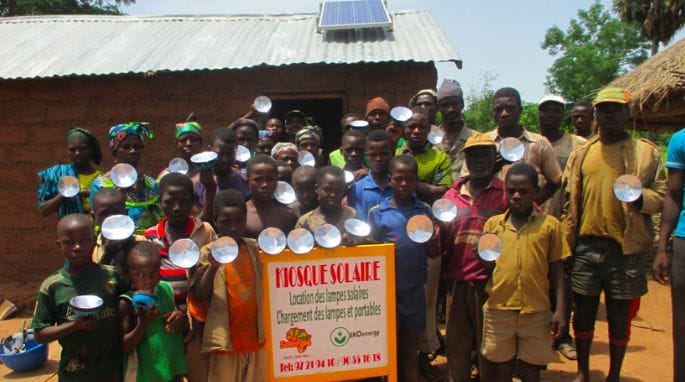
The (near) future is renewable
The transition to 100% renewable is unstoppable. But the speed of the transition is still too slow to avoid dramatic climate change. To realize a fast shift, we need the involvement of all, and this will only work if it is easy, payable and fun. These are the elements EKOenergy concentrates on, and this is how to contribute towards the global energy revolution.
EKOenergy-labelled electricity not only fulfills strict sustainability criteria, but for each MWh of EKOenergy sold, a minimum of 10 euro cents goes to EKOenergy’s Climate Fund. Through that Fund, EKOenergy provides well needed seed money for projects that create new renewable energy – mostly solar power – in developing countries. It contributes to projects managed by experienced organizations that work on local levels and aim for a larger regional impacts through targeted examples. The projects are chosen by a transparent and open selection process.


